
For example, the term ‘climate change’ itself can easily give the impression of something gradual and even natural, while ‘global warming’ can be confusing for communities more familiar with winter storms and flooding than drought and desertification.
On top of this, communicating the uniqueness, urgency and complexity of what is happening to our planet is becoming increasingly difficult in an ever more polarised world.
New research suggests we may need to completely rethink the way we do it.
One response to the increased urgency of tackling climate change has been to up the ante. Activists have begun adopting starker terms such as ‘climate emergency’, 'climate breakdown' and even ‘mass extinction’, and some of the media has followed suit. Last year, the Guardian newspaper recommended that its journalists start using terms such as ‘global heating’ and ‘climate crisis’.
Recent research has been partially supportive of such moves. For example, a neurological study in the US last year showed that ‘climate crisis’ and ‘environmental destruction’ got a far higher emotional response from participants than more traditional terminology, and especially among sceptical Republicans.
What is less clear is whether this intensified language does anything to change the understanding and beliefs of doubters. Making people’s blood boil may not be enough.
Experimenting with metaphors
One of the reasons is that we don’t have anything in our lived experience to help us grasp the enormity and complexity of climate change. In this respect, metaphors like the ‘greenhouse effect’ can play an important role. But what is less certain is whether such descriptive analogies actually motivate people to take action, and this is what more recent research has focused on.
For example, an online survey of 3,000 Americans carried out by US psychologists found that reading about the ‘war against global warming’ led respondents to perceive climate change as more of a risk and more urgent, and to express a greater willingness to reduce their carbon footprint.
Other psychological research has suggested that analogies between climate change and medical disease may be worth exploring. They argue that both are risks caused or aggravated by human behaviour; depend on treating the underlying problem instead of the symptoms; and are hard to reverse.
Shifting the time-frame
Another challenge is the time-frame of traditional climate change messages. They often require us to anticipate, understand and act on something in the future that we haven’t yet experienced.
Social psychologists from the universities of Florida and Cologne have instead suggested we should focus our climate change discourse on past effects rather than future projections. They surveyed 1,600 people including conservative climate sceptics and found this group in particular tended to become more pro-environmental after reading messages focused on returning to a more desirable past or seeing images of a currently dried up river bed next to the same river full of water several years earlier.
An image problem
Such imagery can certainly lend power to complex concepts like climate change. However, Adam Corner, Research Director of the Climate Outreach Communication Network, thinks that many of the climate change images currently used actually don’t work.
He cites studies showing that traditional images of polar bears and melting glaciers are often seen as too remote from people’s everyday lives to inspire action while images of politicians or celebrities are judged to be simply irrelevant. Worse still, images of stereotypical protesters and publicity stunts are often viewed as ideological and polarising.
Corner suggests that a greater focus on people directly affected by climate events and on the local impact of climate change juxtaposed with practical solutions may be more motivational.
De-polarising storytelling
Stories draw all these elements of communication together and have a particular power to help us understand our world. But even here, communications specialists like George Marshall think we may be getting it wrong when it comes to climate change.
Marshall believes that the classic hero/villain narrative is counterproductive. He warns that “Once unleashed, enemy narratives can take on a life of their own and come back to bite us.” Instead, we need to recognise that “We are all involved and we all have a stake in the outcome.” The story should be one of communities uniting, supporting each other and working together to meet an unprecedented challenge.
Having studied the attitudes to climate change of everyone from oil workers in Canada to local communities in India, Marshall also argues that it is important not to dismiss or disrespect the way people have lived their lives. The story should instead tap into communal pride and identity, and stress the continued pertinence of these communities’ values.
More listening, less talking
When it comes to motivating people to care about climate change, it is clear that facts are not enough. We need to frame people’s understanding through the words and images we use, the analogies we draw and the stories we tell,
And because reactions to any climate change communication will differ according to a person’s level of knowledge, political affiliation, identity and values, there is no one-size-fits-all solution.
Instead, we need to listen more carefully to our audiences and adapt our communication accordingly.


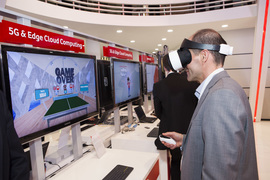
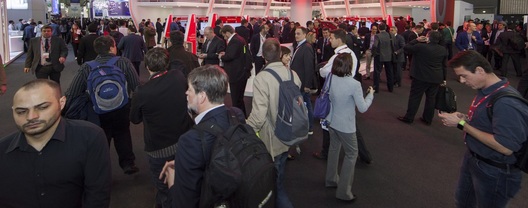
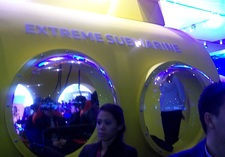
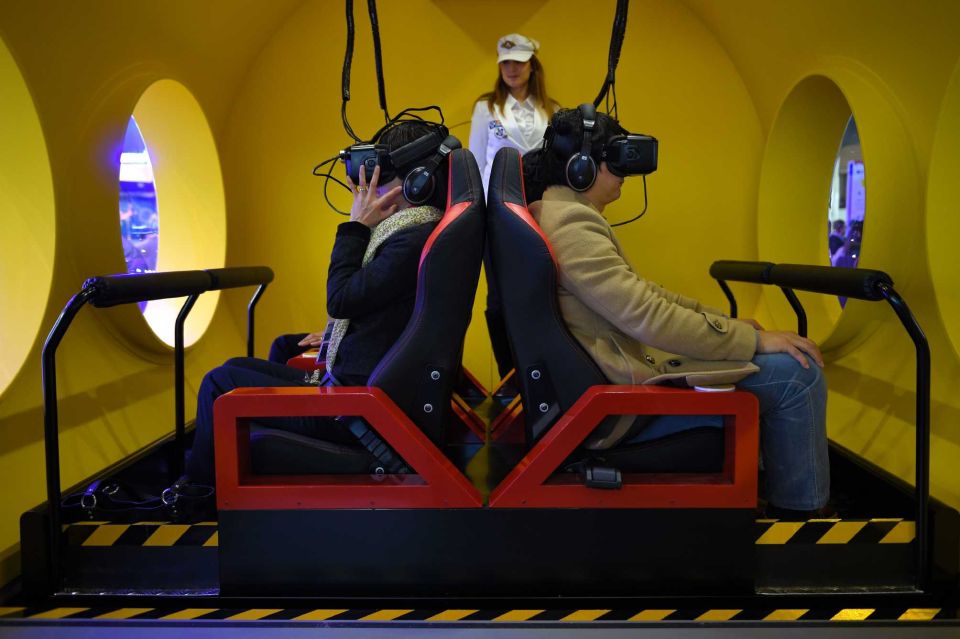
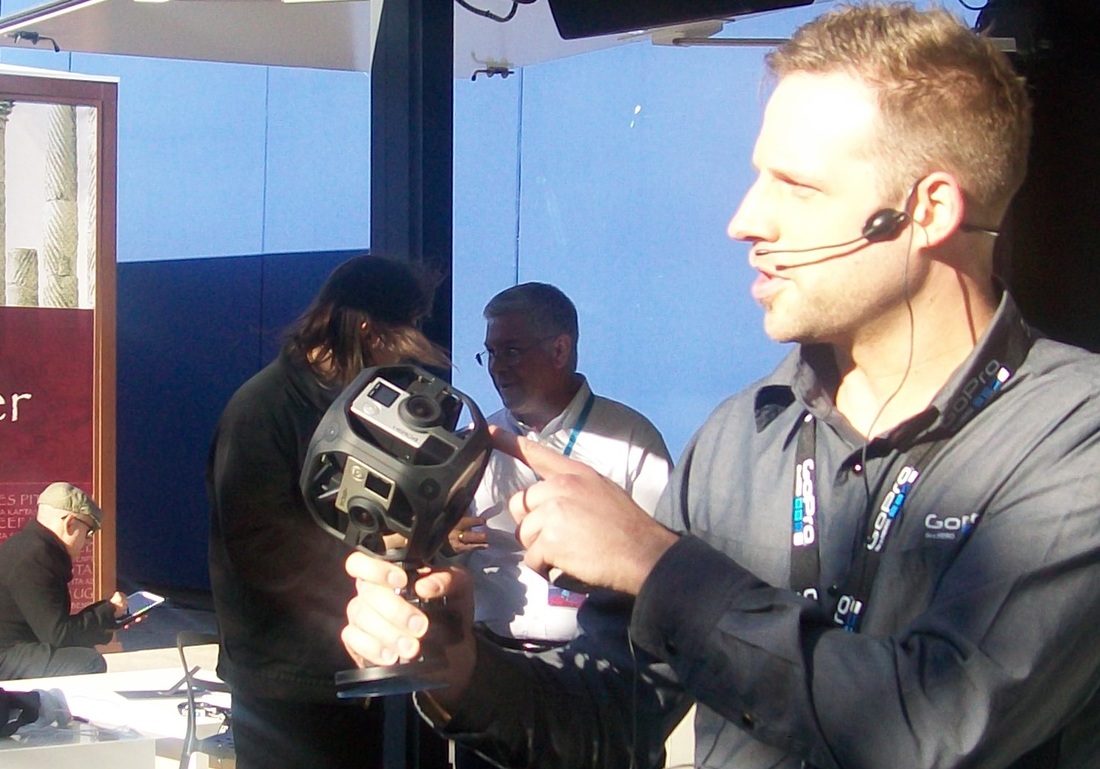
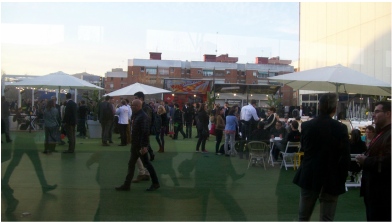




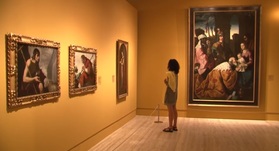
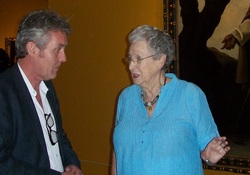

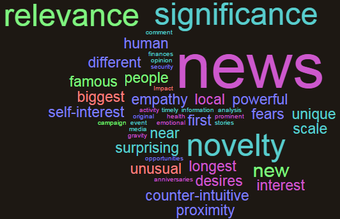
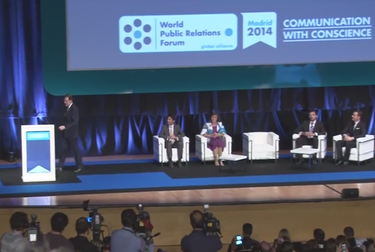
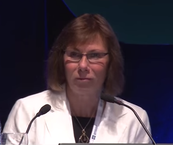
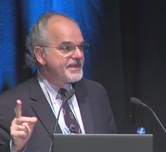
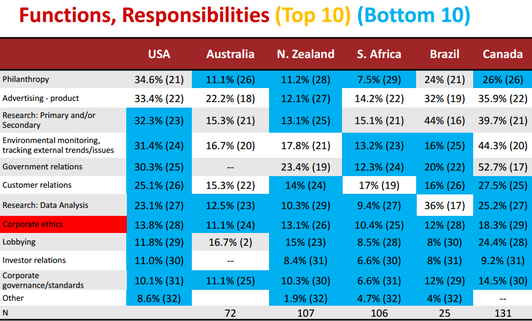
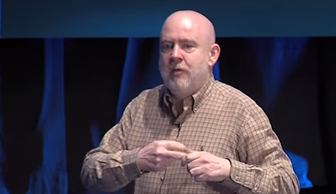
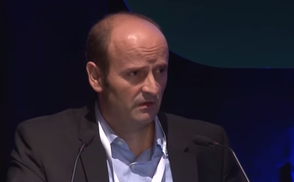




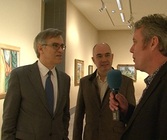


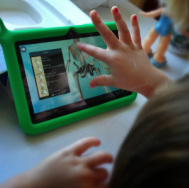
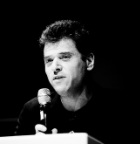


 Canal RSS
Canal RSS
